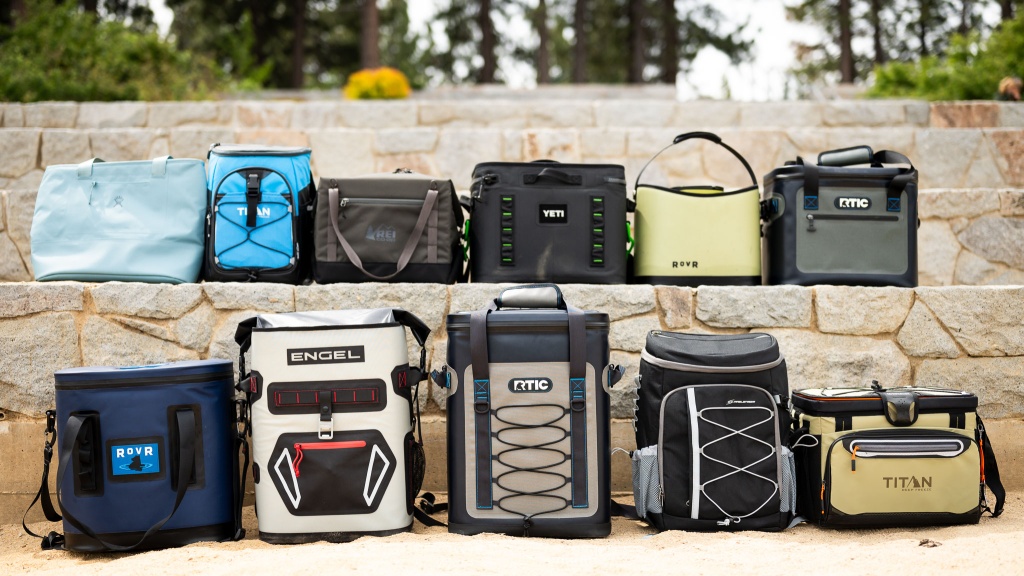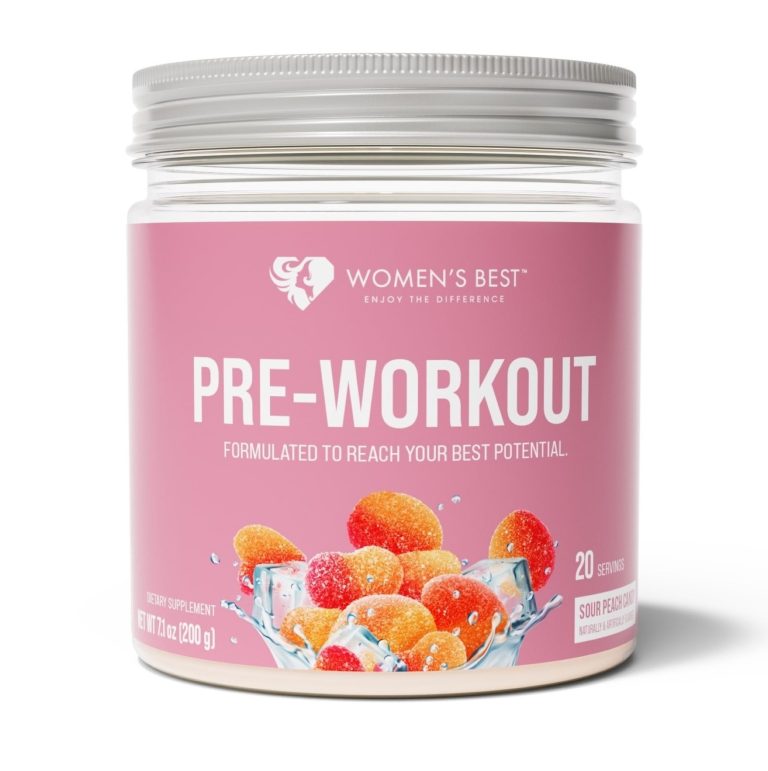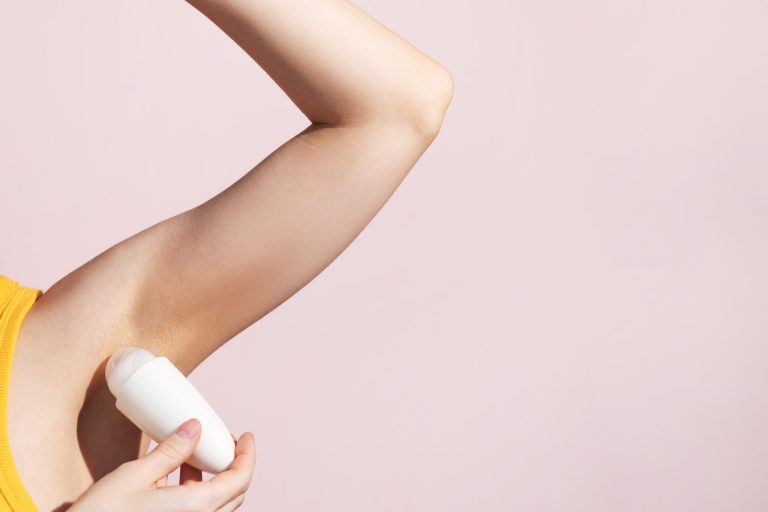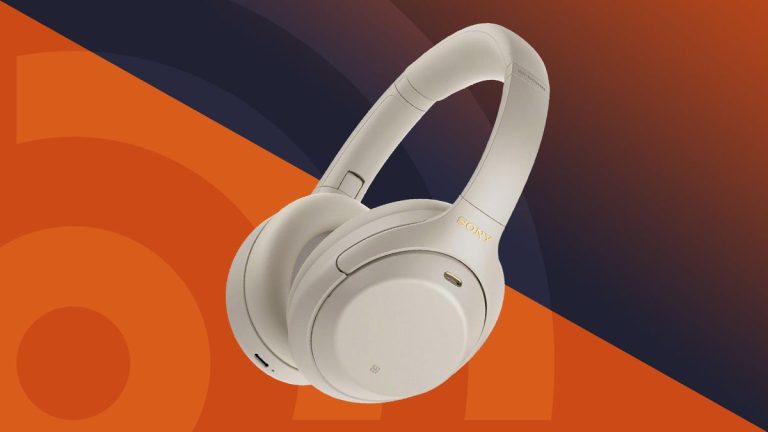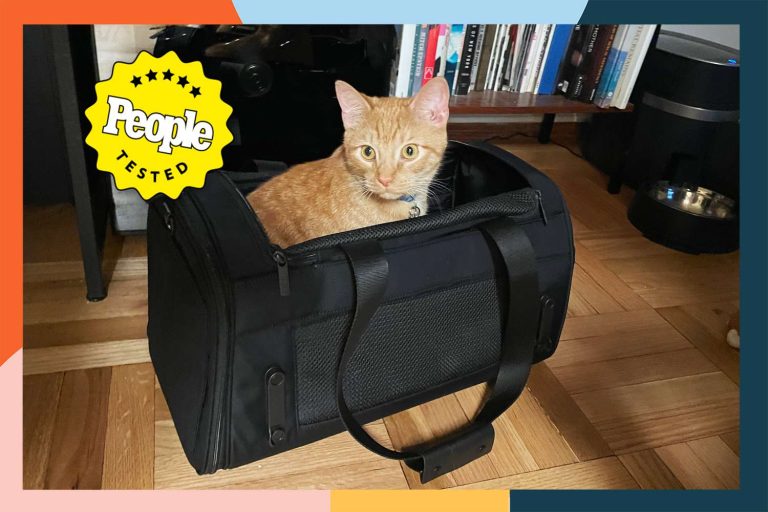9 Best Soft Coolers for Outdoor Adventures: Top Picks for 2024
Whether you’re planning a beach day, a hiking adventure, or a backyard barbecue, a reliable soft cooler is essential for keeping your drinks and snacks fresh. Soft coolers offer the perfect blend of portability and insulation, making them a favorite for outdoor enthusiasts and casual picnickers alike. But with so many options on the market, how do you choose the right one?
Comfort and Portability in Soft Coolers
When choosing a soft cooler, considering comfort and portability is crucial. These features ensure you can easily carry your cooler wherever your adventures take you.
Evaluating Carry Comfort
Look for padded handles and shoulder straps. These features distribute weight evenly, reducing strain during extended carrying. Soft coolers with wide, adjustable straps offer better support and flexibility. For example, coolers like the YETI Hopper BackFlip 24 include ergonomic designs for added comfort. Pay attention to the materials used; high-quality padding can significantly impact your carrying experience.
Assessing Portability Features
Select coolers with practical size and weight. Lighter models are more manageable for solo trips. Brands like REI Co-op Soft Cooler are known for their lightweight build yet durable construction. Opt for features like external pockets and daisy chains for added convenience. These allow you to store essentials without sacrificing space inside the cooler. Also, look at collapsible designs, making storage a breeze when the cooler’s not in use.
Durability Factors of Top Soft Coolers
When picking out a soft cooler, durability is crucial. You want something that can handle the rigors of outdoor adventures without breaking down.
Material Quality and Build
Choose coolers made from high-density nylon or polyester. These materials are abrasion-resistant and can withstand rough use. Look for models with reinforced seams and stitching to prevent tears. TPU (Thermoplastic Polyurethane) coatings add extra water and puncture resistance, making your cooler even tougher. Brands like YETI and REI often use such high-quality materials.
Durability Under Various Conditions
Select coolers specifically designed for harsh conditions. Opt for one with UV-resistant fabrics to avoid sun damage. Check if it has anti-microbial liners to prevent mold and mildew in humid environments. Some coolers, like the RTIC SoftPak, feature leak-proof zippers that perform well in wet conditions, ensuring the cooler remains robust under different environmental challenges.
Insulation and Cooling Efficiency
Ice Retention Capabilities
Superior ice retention capabilities are crucial for a soft cooler. High-quality insulation materials such as closed-cell foam provide better ice retention. The YETI Hopper BackFlip 24, for example, maintains ice for days thanks to its thick walls and innovative insulation. When evaluating ice retention, look for coolers that boast multi-day performance under real-world conditions, ensuring your beverages and perishables stay cold longer.
Effectiveness in Different Climates
A cooler’s effectiveness can vary significantly across different climates. Soft coolers designed with advanced insulation technology perform well in both hot and cold environments. For instance, the REI Co-op Soft Cooler excels in retaining cold in scorching temperatures due to its reflective interior and durable exterior. Ensure your cooler has robust sealing mechanisms to prevent warm air from seeping in, maintaining temperature consistency regardless of external weather conditions.
Size and Capacity Options
Choosing the right size and capacity for your soft cooler ensures it meets your specific needs, whether you’re adventuring solo or with a group.
Compact Choices for Personal Use
Compact coolers are ideal for individual day trips or short outings. Models like the YETI Hopper Flip 8, with an 8-can capacity, are perfect for carrying just a few drinks and snacks. Additionally, the REI Co-op Lunch Sack can hold a meal and a beverage, making it a great choice for solo picnics or office use. These options are easy to tote around, fitting comfortably into small spaces like the back seat of a car or a bicycle basket.
Larger Options for Group Outings
For group activities, you’ll need more capacity to keep everyone’s refreshments cool. Larger soft coolers, such as the Engel HD30, boast a 30-can capacity, ensuring you have enough space for multiple meals and drinks. Similarly, the Arctic Zone Titan Deep Freeze 48, with its 48-can capacity plus extra storage pockets, is ideal for picnics, camping trips, and tailgating events. These larger coolers often come with robust handles and backpack straps, making them manageable despite their size.
Ease of Use and Accessibility
When you’re choosing a soft cooler, you want it to be easy and convenient to use. Here are essential aspects to consider:
Zipper Quality and Design
Quality zippers are crucial for a soft cooler, ensuring durability and ease of access. Look for waterproof zippers, like those on the YETI Hopper BackFlip 24, which prevent leaks and keep your items secure. You’ll find that large, smooth-gliding zippers, like the ones on the REI Co-op Soft Cooler, make opening and closing the cooler straightforward, even when you’re wearing gloves.
Extra Pockets and Compartments
Extra pockets enhance a cooler’s functionality, offering storage for utensils, napkins, or other small items. Check for models with multiple compartments, such as the Engel HD30, which includes zippered side pockets and mesh inner pockets. These additional spaces make it easier for you to organize your belongings and quickly access what you need without rummaging through the main compartment.
Style and Design Variants
Soft coolers come in various styles and designs, catering to different tastes and needs. Here, we’ll explore popular color options and design trends.
Color and Aesthetic Choices
Manufacturers offer a wide range of color options. Brands like YETI and REI Co-op provide neutral tones like gray, black, and navy, appealing to those who prefer a classic look. For something bolder, you can find vibrant colors such as bright red or neon green, as seen in models like the YETI Hopper Flip 12. Custom patterns and limited editions are also available, adding a unique touch to your outdoor gear.
Trends in Soft Cooler Design
Modern soft coolers feature sleek, streamlined designs emphasizing practicality and aesthetics. The YETI Hopper BackFlip 24, with its backpack design, exemplifies the trend of combining functionality with style. Innovations include ergonomic straps and handles for comfort, waterproof zippers for enhanced durability, and minimalist aesthetics that blend well in various outdoor settings. Brands like Engel and Hydro Flask are incorporating retro styles, adding a nostalgic edge to their products.
Cost Evaluation of Soft Coolers
Considering the cost of soft coolers helps you select the best options within your budget while ensuring quality and functionality. Here, we will explore budget-friendly models and discuss premium models and their added value.
Budget-Friendly Models
Choosing budget-friendly soft coolers provides great value without compromising too much on essential features. Examples include the Coleman 16-Can Soft Cooler and Arctic Zone Titan Deep Freeze Cooler. These options typically range from $20 to $50. They often feature basic insulation, durable outer materials like polyester, and simple designs suitable for casual outings.
Premium Models and Their Added Value
Investing in premium soft coolers offers enhanced performance and additional features. Examples are the YETI Hopper Flip 12 and Hydro Flask Soft Cooler Pack. Prices for these models usually start around $200 and can go up to $400. Premium coolers bring superior insulation, longer ice retention, and robust build quality with materials like high-density nylon and RF-welded seams. Added features often include ergonomic shoulder straps, waterproof zippers, and multiple compartments, ensuring convenience and style for more demanding outdoor adventures.
Environmental and Health Safety Concerns
Choosing a soft cooler goes beyond performance—it’s crucial to consider how your choice impacts the environment and your health.
BPA-Free Materials
Select BPA-free soft coolers to avoid potential health risks. BPA, a chemical often found in plastics, can leach into food and beverages, especially in hot conditions. Soft coolers like the RTIC Soft Pack Coolers and AO Coolers use BPA-free linings, ensuring your stored items remain safe. Look for products explicitly labeled as BPA-free to guarantee this feature.
Eco-Friendly Manufacturing Processes
Support brands that utilize eco-friendly manufacturing processes. Companies like Hydro Flask and REI Co-op make soft coolers using recycled materials and sustainable practices. These practices reduce the carbon footprint and promote environmental conservation. Choose models that emphasize sustainable production, ensuring your outdoor adventures leave a smaller environmental impact.
Conclusion: Selecting the Right Soft Cooler
Choosing the right soft cooler depends on your specific needs and budget. Whether you’re looking for a budget-friendly option for casual outings or a high-end model for extended adventures, there’s a perfect cooler for you. Prioritize features like insulation, durability, and portability to ensure you get the best performance.
Don’t forget to consider environmental and health factors when making your decision. Opt for BPA-free materials and support brands that use eco-friendly manufacturing processes. With the right soft cooler, your outdoor experiences will be more enjoyable and hassle-free.
